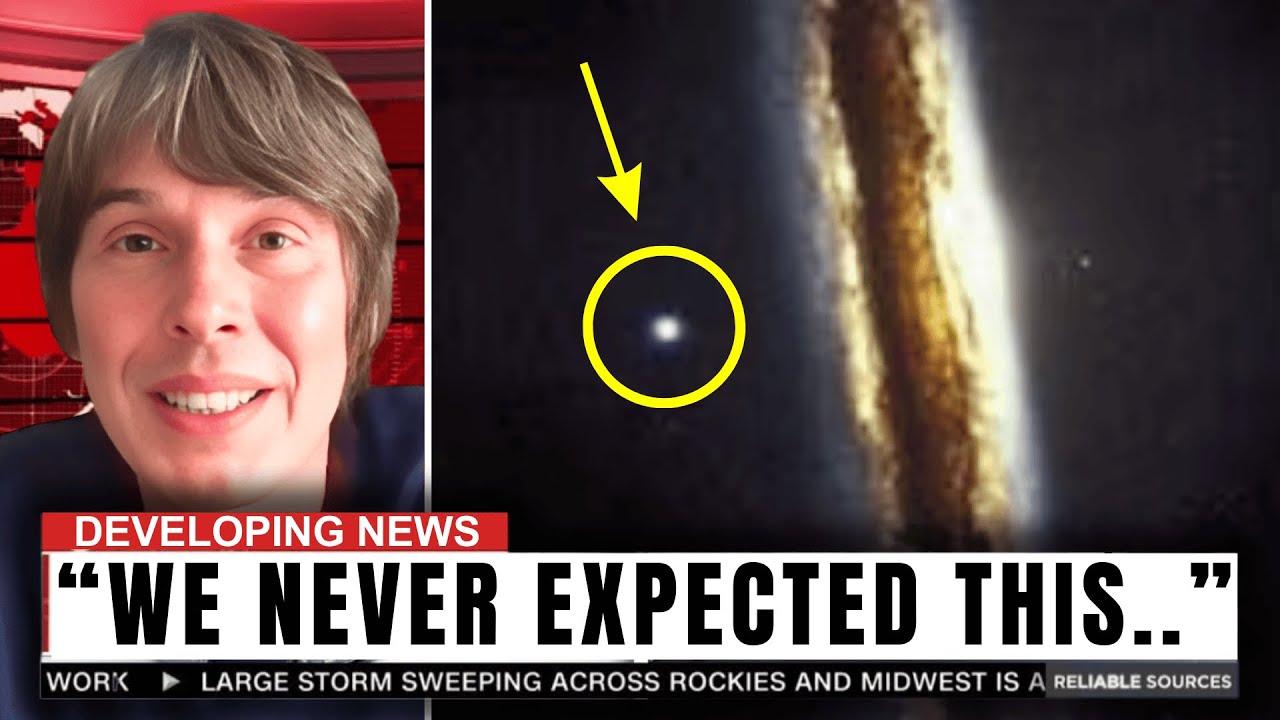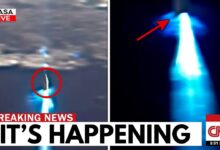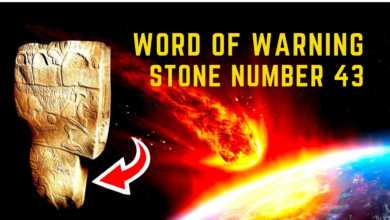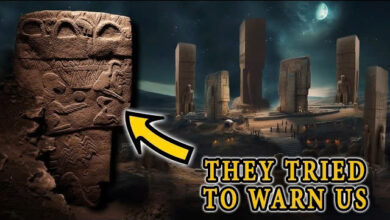Quantum AI Just Found Evidence of Planet 9 in James Webb’s Data

**Quantum AI Just Discovered Planet Nine in James Webb Data**
A gas giant roughly the size of Neptune—if it exists—is lurking at the farthest edge of our solar system. For years, scientists have speculated about the existence of “Planet Nine”—a previously unseen object that could be influencing the orbits of objects in the Kuiper Belt. Now, a quantum AI system has brought that speculation a step closer to reality.
The AI crunched infrared data from the James Webb Space Telescope (JWST) and discovered a series of gravitational anomalies and faint light signals—hinting at the presence of a large, mysterious object. The data showed a slow, steady signal that slightly disturbed the orbits of surrounding objects – accompanied by infrared reflections from an area with no known light source.
The AI system did not simply enhance the image, but used quantum probability and quantum entanglement principles to create a dynamic model, rather than a static image, that reconstructed the object in detail over time. The result was a confirmed “candidate object”, with characteristics that surprisingly matched theoretical predictions of Planet 9 – a planet 5–10 times the mass of Earth, with an orbit that lasted tens of thousands of years.
### Two major hypotheses
1. **Giant planet**: This is a large gas or ice planet, orbiting the Sun in a distant, flattened orbit, which fits the original prediction model very well.
2. **Primordial Black Hole**: A more daring hypothesis suggests that the object could be a small black hole left over from the early universe. Despite its small size, it could still exert a powerful gravitational pull, like a large planet.
Both possibilities are revolutionary: If it is a new planet, we would have to rewrite the history of the formation of the Solar System. If it is a black hole, it would open another door in the field of astrophysics.
### Strange signals and unimaginable possibilities
What is more shocking is that the object does not move in a perfectly known pattern – it “wobbles” and emits heat pulses at regular intervals. Some scientists have suggested that this could be a sign of an artificial system or a previously unknown physical phenomenon. Although still speculative, this has sparked the imagination of both scientists and the public.
### Unprecedented Accuracy
In the final simulation, the AI located the object within **0.3 degrees** with **97.2% confidence**. That’s an incredibly high level of accuracy, especially for something so distant, faint, and previously undetected. As one NASA astrophysicist put it: *“If it is what we think it is, our model of the Solar System needs to be rewritten from scratch.”*
### The wider implications
This discovery is more than just a technological advance – it’s a **conceptual turning point**. The combination of quantum AI and the James Webb Space Telescope has allowed humanity to unravel the mysteries of the outer reaches of the Solar System – previously only obscure spots of unknown origin. It reminds us that every little anomaly – every strange light, every gravitational misalignment – could be a sign of a whole new world.
In the coming time, scientists will continue to study to determine whether this is an unknown planet, a primordial black hole, or even something else that cannot be named. Whatever the result, it is clear that the universe around us is still full of undiscovered things – and the journey to understand it is only just beginning.
Do you want me to shorten it to fit a social media post, or keep the content as detailed as this?








